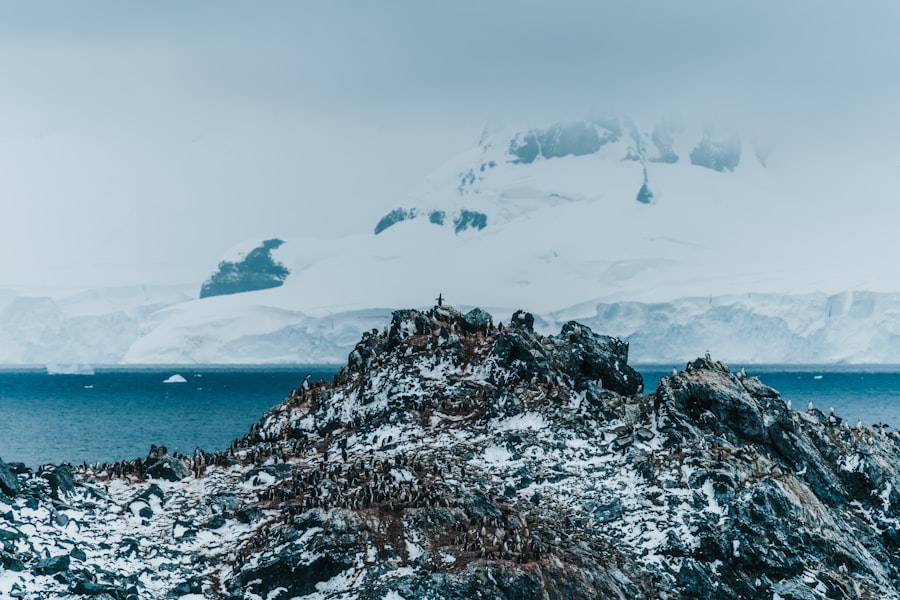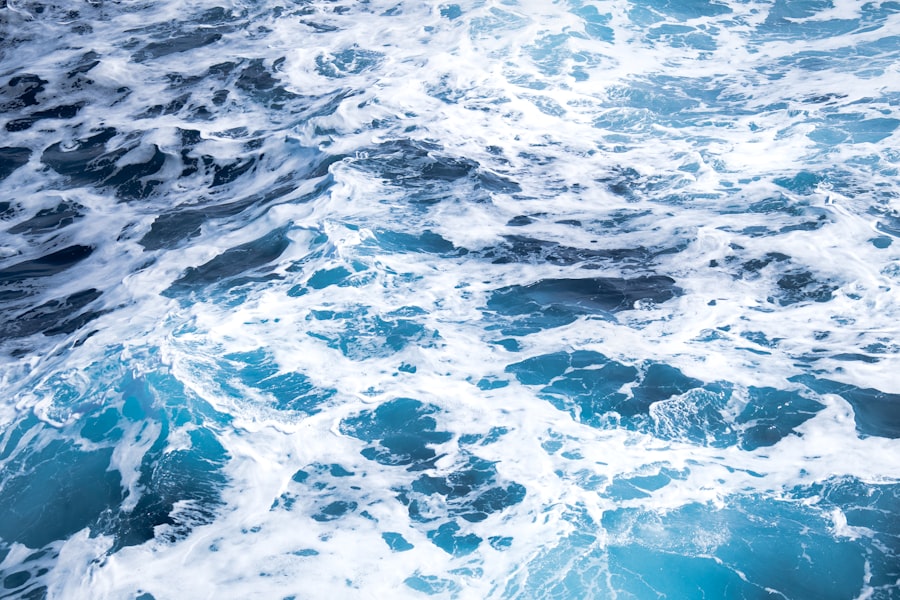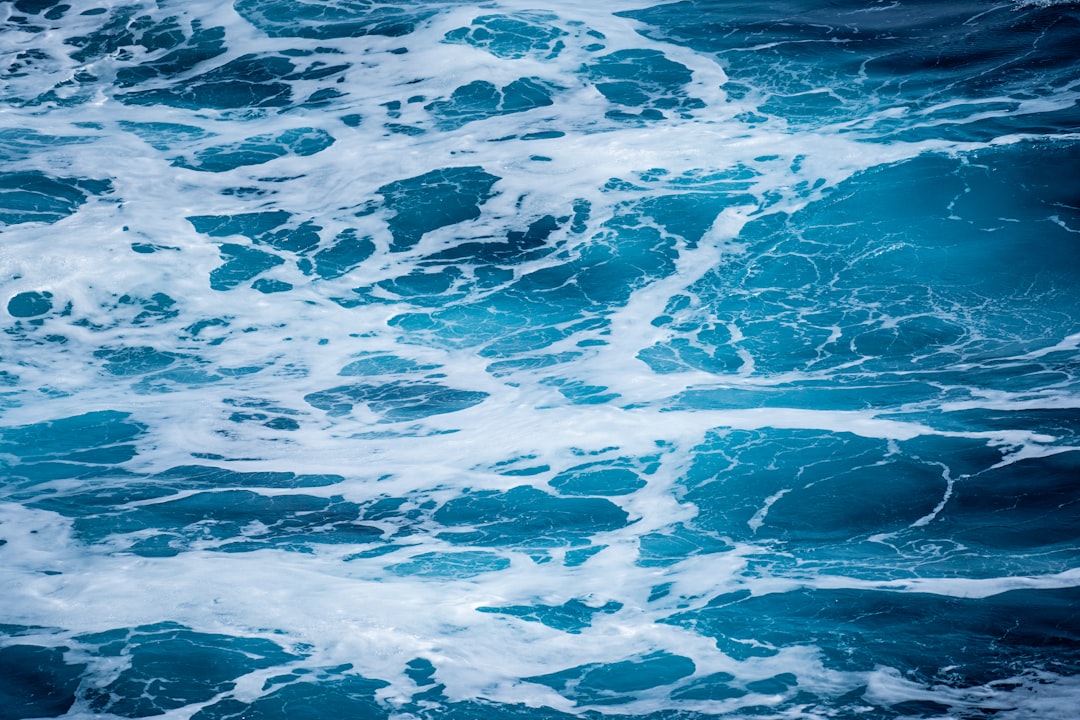The Drake Passage, a body of water that separates South America from Antarctica, is renowned for its tumultuous seas and breathtaking vistas. Named after the English explorer Sir Francis Drake, who navigated these waters in the late 16th century, the passage has become a focal point for adventurers, researchers, and nature enthusiasts alike. It serves as a gateway to the Antarctic region, offering a unique blend of natural beauty and challenging conditions that attract travelers from around the globe.
The passage is not merely a route; it is an experience that embodies the spirit of exploration and the allure of the unknown. As one of the most significant maritime corridors in the world, the Drake Passage has captured the imagination of many. Its reputation for unpredictable weather and rough seas has led to a mix of fear and fascination among those who dare to traverse it.
The passage is often described as a rite of passage for those seeking to explore the Antarctic, where the raw power of nature is on full display. This article delves into various aspects of the Drake Passage, from its geography and climate to its wildlife and historical significance, providing a comprehensive overview of this remarkable maritime region.
Key Takeaways
- The Drake Passage is a body of water between South America’s Cape Horn and the South Shetland Islands of Antarctica, known for its challenging sailing conditions.
- The geography of the Drake Passage is characterized by strong winds, large waves, and unpredictable weather patterns due to its location between the Atlantic and Pacific Oceans.
- The weather and climate in the Drake Passage are influenced by the Antarctic Circumpolar Current, resulting in cold temperatures, strong winds, and frequent storms.
- The Drake Passage is home to a diverse range of wildlife, including seabirds, penguins, seals, and whales, making it a popular destination for wildlife enthusiasts and photographers.
- The historical significance of the Drake Passage is marked by the explorations of famous navigators such as Sir Francis Drake and the challenges they faced in crossing the treacherous waters.
The Geography of the Drake Passage
The Drake Passage spans approximately 800 kilometers (500 miles) between Cape Horn at the southern tip of South America and the Antarctic Peninsula. This narrow stretch of water is characterized by its deep oceanic trenches and strong currents, which contribute to its reputation as one of the most challenging maritime environments. The passage connects the Atlantic and Pacific Oceans, making it a crucial point for marine navigation.
Its geographical significance extends beyond mere distance; it plays a vital role in global ocean circulation and climate patterns. The underwater topography of the Drake Passage is equally fascinating. The seafloor features a series of ridges and valleys that create a complex ecosystem teeming with marine life.
The convergence of cold Antarctic waters with warmer currents from the north results in nutrient-rich waters that support diverse species.
Weather and Climate in the Drake Passage

The weather in the Drake Passage is notoriously unpredictable, characterized by rapid changes that can occur within hours. The region experiences strong winds, heavy rainfall, and frequent storms, making it essential for travelers to be prepared for a variety of conditions. The average temperature ranges from -2°C (28°F) in winter to 8°C (46°F) in summer, but these figures can fluctuate dramatically due to shifting weather patterns.
The convergence of different oceanic currents creates a volatile atmosphere that can lead to sudden squalls and rough seas. The climate in the Drake Passage is influenced by its proximity to Antarctica, where cold air masses dominate. This results in a unique microclimate that can be both exhilarating and daunting for those navigating its waters.
The passage is often referred to as “the most turbulent sea in the world,” a title that reflects its reputation among sailors and adventurers. Understanding the weather patterns is crucial for anyone planning to cross this formidable stretch of water, as conditions can change rapidly and unexpectedly.
Wildlife in the Drake Passage
| Species | Population | Threat Level |
|---|---|---|
| Antarctic Fur Seal | Over 3 million | Least Concern |
| Wandering Albatross | Approximately 25,000 | Vulnerable |
| Blue Whale | Unknown | Endangered |
| Antarctic Krill | Unknown | Least Concern |
The Drake Passage is not only known for its challenging conditions but also for its rich biodiversity. The nutrient-rich waters support an array of marine life, including various species of fish, krill, and plankton, which form the foundation of the food chain in this region. These waters are also home to numerous species of seabirds, such as albatrosses and petrels, which can often be seen gliding gracefully above the waves.
The presence of these birds adds to the allure of the passage, as they are emblematic of the wild beauty that characterizes this remote area. In addition to avian life, the Drake Passage serves as a migratory route for several species of whales, including humpback, minke, and orca whales. These majestic creatures are often spotted during crossings, providing travelers with unforgettable encounters with nature.
The passage is also a critical habitat for seals and penguins, particularly during breeding seasons when these animals gather on ice floes and rocky shores. The diverse wildlife found in the Drake Passage highlights its ecological importance and underscores the need for conservation efforts in this fragile environment.
Historical Significance of the Drake Passage
The historical significance of the Drake Passage cannot be overstated. It has long been a critical route for explorers, scientists, and traders seeking to navigate between continents. Sir Francis Drake’s expedition in 1578 marked one of the first recorded crossings of this treacherous waterway, paving the way for future exploration and maritime trade.
Over the centuries, many notable figures have traversed these waters, each contributing to our understanding of geography and navigation. In addition to its role in exploration, the Drake Passage has also been pivotal in scientific research. The region has served as a natural laboratory for studying oceanography, climate change, and marine biology.
Researchers have conducted numerous studies on the unique ecosystems found within the passage, contributing valuable insights into global environmental issues. The historical context of the Drake Passage enriches its narrative, transforming it from a mere geographical feature into a symbol of human curiosity and resilience.
Navigating Challenges in the Drake Passage

Navigating through the Drake Passage presents numerous challenges that require skill and experience. The combination of strong currents, unpredictable weather patterns, and rough seas can create hazardous conditions for even seasoned mariners.
Understanding these challenges is essential for ensuring safe passage through this formidable stretch of water. Mariners must also be aware of potential hazards such as icebergs and floating debris that can pose risks during navigation. The presence of icebergs is particularly concerning during certain times of the year when they drift southward from Antarctica.
Navigational technology has advanced significantly over recent years, allowing vessels to better track weather patterns and potential obstacles. However, even with modern advancements, crossing the Drake Passage remains an undertaking that demands respect for nature’s power.
Safety Precautions for Traveling through the Drake Passage
Given its reputation for treacherous conditions, safety precautions are paramount when traveling through the Drake Passage. Travelers should always embark on well-equipped vessels operated by experienced crews familiar with local conditions. It is advisable to check weather forecasts regularly and remain flexible with travel plans to accommodate sudden changes in weather or sea conditions.
Proper safety gear, including life jackets and emergency supplies, should be readily available on board. Additionally, travelers should be educated about potential risks associated with crossing the passage. Understanding how to respond to emergencies—such as man overboard situations or severe weather—can make a significant difference in ensuring safety during transit.
Many tour operators provide safety briefings before embarking on journeys through the Drake Passage, emphasizing preparedness and awareness as key components of a successful crossing.
Popular Routes and Itineraries through the Drake Passage
Several popular routes traverse the Drake Passage, catering to different types of travelers seeking unique experiences in this remarkable region. One common itinerary includes departing from Ushuaia, Argentina—the southernmost city in the world—before crossing into Antarctic waters. This route typically takes travelers through iconic locations such as Deception Island and Paradise Bay before returning via the same path or exploring other nearby islands.
Another popular option involves longer expeditions that venture deeper into Antarctica’s interior or along its coastline. These itineraries may include visits to research stations or opportunities for wildlife observation on remote islands. Each route offers distinct experiences that highlight different aspects of this extraordinary region while allowing travelers to witness firsthand the breathtaking landscapes and diverse ecosystems that define the Drake Passage.
Tips for Surviving the Drake Passage
Surviving a journey through the Drake Passage requires preparation and adaptability. Travelers should pack appropriately for varying weather conditions, including waterproof clothing and layers to accommodate temperature fluctuations. Seasickness can be a concern due to rough waters; therefore, bringing motion sickness medication or natural remedies can help mitigate discomfort during transit.
Staying hydrated and nourished is also crucial during crossings, as seasickness can diminish appetite. Many vessels provide meals designed to sustain energy levels while navigating challenging waters. Engaging with fellow travelers and crew members can enhance the experience by fostering camaraderie amidst shared challenges.
Ultimately, maintaining a positive attitude and embracing spontaneity will contribute significantly to enjoying this adventurous journey through one of nature’s most awe-inspiring passages.
The Future of Travel in the Drake Passage
As interest in Antarctic exploration continues to grow, so too does awareness regarding environmental conservation efforts within this fragile ecosystem. The future of travel through the Drake Passage will likely involve increased emphasis on sustainable practices aimed at minimizing human impact on local wildlife and habitats. Tour operators are increasingly adopting eco-friendly measures such as reducing waste onboard vessels and promoting responsible wildlife viewing practices.
Technological advancements may also play a role in shaping future travel experiences within this region. Innovations in navigation systems could enhance safety measures while improving efficiency during crossings. Additionally, ongoing research into climate change impacts on marine ecosystems will inform best practices for preserving biodiversity within these waters.
As travelers seek authentic experiences that connect them with nature while respecting its boundaries, responsible tourism will become an integral part of navigating through this remarkable passage.
The Drake Passage as a Unique and Adventurous Journey
The Drake Passage stands as a testament to nature’s raw power and beauty—a place where adventure meets unpredictability at every turn. From its tumultuous waters to its rich biodiversity, this maritime corridor offers an unparalleled experience for those willing to embrace its challenges. As travelers embark on journeys through these storied waters, they become part of a long tradition of exploration that spans centuries.
Ultimately, crossing the Drake Passage is more than just a physical journey; it is an opportunity for personal growth and connection with nature’s wonders. Whether witnessing majestic whales breaching against stormy skies or marveling at seabirds soaring above turbulent waves, each moment spent in this extraordinary region leaves an indelible mark on those fortunate enough to experience it firsthand. As interest in Antarctic exploration continues to flourish, so too does appreciation for what makes this passage truly unique—a blend of adventure, history, and natural beauty that captivates all who dare to traverse its depths.
The Drake Passage is a significant body of water that plays a crucial role in global ocean circulation and climate. For those interested in exploring more about the geographical and historical aspects of this region, a related article can be found on MyGeoQuest. This article delves into the intricacies of the Drake Passage, offering insights into its impact on marine biodiversity and its historical significance in exploration. To learn more, you can visit the article by clicking on this link.
WATCH NOW! Drake Passage: Earth’s Deadliest Waters Revealed
FAQs
What is the Drake Passage?
The Drake Passage is a body of water located between the southern tip of South America (Cape Horn) and the South Shetland Islands of Antarctica. It connects the Atlantic Ocean to the Pacific Ocean.
Why is the Drake Passage significant?
The Drake Passage is known for its rough seas and strong winds, making it one of the most challenging and unpredictable waterways to navigate. It is also a major gateway for the movement of ocean currents and marine life between the Atlantic and Pacific Oceans.
What is the weather like in the Drake Passage?
The weather in the Drake Passage is characterized by strong winds, high waves, and rapidly changing conditions. It is notorious for its stormy and unpredictable weather, with the potential for extreme cold and rough seas.
How is the Drake Passage important for scientific research?
The Drake Passage is a key location for scientific research, particularly in the fields of oceanography, climate studies, and marine biology. Its unique oceanic and atmospheric conditions make it an ideal location for studying the interactions between the Antarctic Circumpolar Current and the global climate system.
What wildlife can be found in the Drake Passage?
The Drake Passage is home to a diverse range of marine wildlife, including various species of whales, seals, seabirds, and fish. It is also a popular feeding ground for many marine animals due to the rich abundance of nutrients in the waters.
